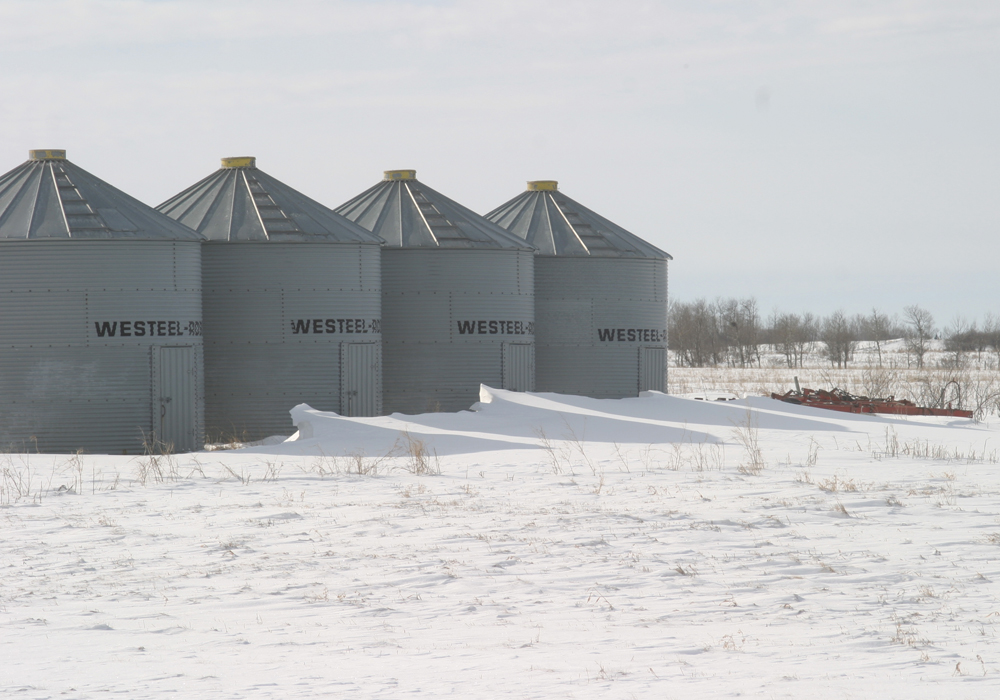Canada has tens of millions of tonnes of mixed-up crop sitting in the bin.
Some went in warm and wet; some cold and damp; some frozen and frosty. Others are a dog’s breakfast of maturities produced by a growing season of spring droughts, summer saturation, and followed by rain, sleet and snow at harvesttime.
Those crops are worth hundreds of millions of dollars, and a couple of decades ago, a lot of that value might have been lost.
During a winter of sitting in the bin much can go wrong. Wet crops can heat, decay, degrade and leave a farmer with nothing good to market. Heck, they can even catch fire and explode.
Read Also

Critical growing season is ahead for soybeans
What the weather turns out to be in the United States is going to have a significant impact on Canadian producers’ prices
But farmers across the Prairies have hedged themselves against much of this risk in recent years so that the amount of value destruction that occurs this winter will probably be minimal.
I was at the unveiling of the presentation that Canada’s New Crop Missions will be making to the world’s grain buyers soon, and I had the chance to ask Cereals Canada’s Cam Dahl about the stored-grain-at-risk issue.
“The handling and storing equipment on Canadian farms is extremely sophisticated,” Dahl said.
“I think our ability to condition that crop… whether it’s through upright drying or aeration (and) our ability to monitor in-bin sensors, in some cases it’s better than (at) the mills.
“That ability is there.”
Farmers have invested tens of millions of dollars in aerated bins, bin-monitoring systems and grain dryers. This is a year when there will be a very positive rate of return on those expensive assets.
But all farmers, including the many who don’t have cutting edge bins, new dryers and sophisticated sensor-monitoring systems, will reap the rewards of a more profound level of crop-value-hedging this winter: grain management knowledge.
That knowledge has advanced by leaps and bounds since I began working at this newspaper in November 1994. In those days, much crop was still lost to elementary grain storage management errors that farmers simply didn’t realize they were making. Grain bin science was an arcane area grasped and investigated by a handful of experts, and knowledge transfer was poor.
But there’s been an incredible increase in research, development, education and knowledge transfer in the 25 years since then.
Just as important, farmers have eagerly consumed that knowledge, which is produced in universities and research centres and distributed at farm conferences and through farm publications, newsletters and person-to-person. A generation of Agriculture students has learned much about grain storage at colleges and universities.
Regardless of the technology farmers have built into their grain storage systems, there won’t be many on the frozen prairie this winter who won’t know what problems they should be looking for, who won’t be taking steps to avoid dangers arising, and who won’t be thinking about what they should do to deal with incipient challenges.
We often value the gains we can see and the victories we win. It’s harder to laud the losses we avoid and the defeats we evade.
But this winter, farmers will probably pull off an agricultural version of the Dunkirk evacuation, nobody will notice, and that’s the greatest testament to farmers’ evolution there can be.


















